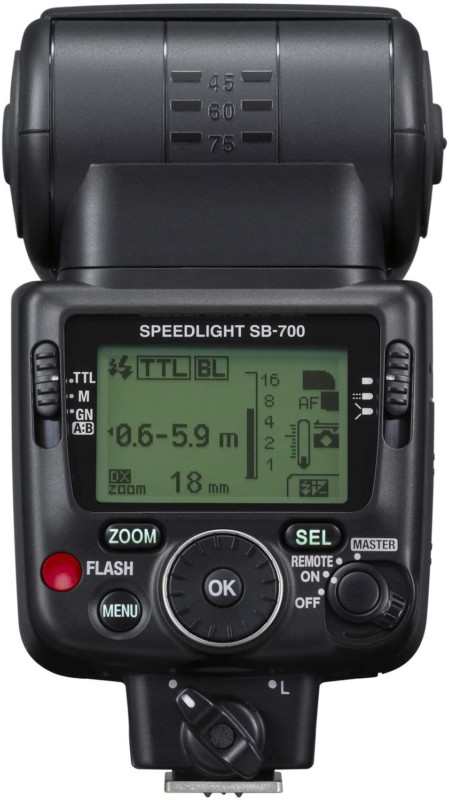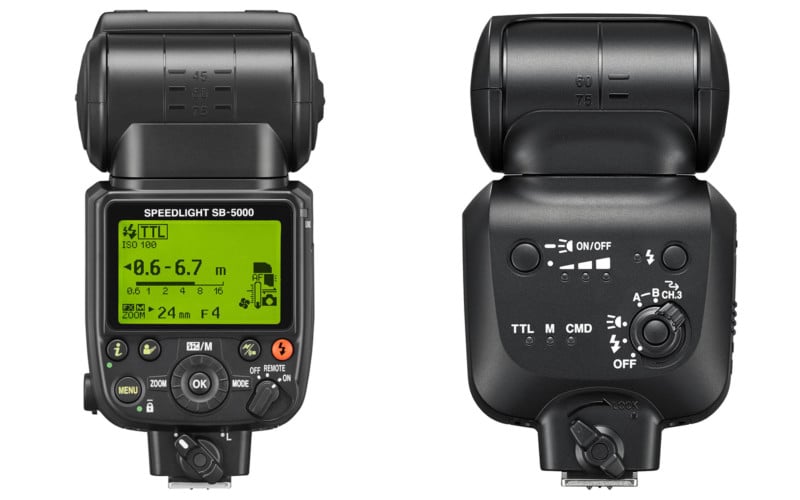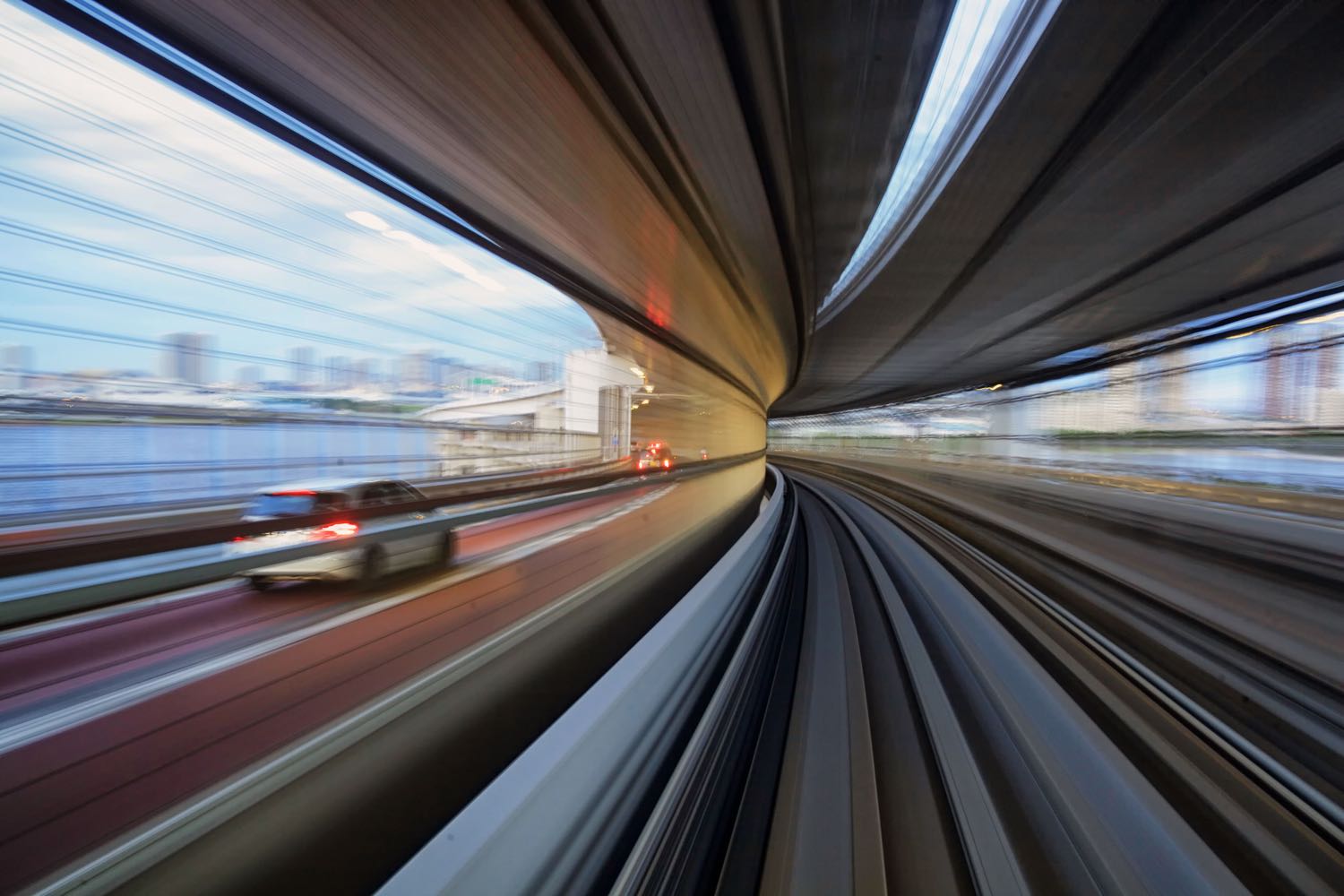Try this DIY Neutral Density Filter for Long Exposure Photos
Neutral Density Filter, Photography Backdrop, Nikon, Cannon, Shutter speed, photography techniques, bad habits of
photography,
photographer habits, mistakes photographers make, new
photographer mistakes
photography problems how to avoid photography
problems bad mistakes photography,
video. photography
tutorial for beginners, photography, photography tips, photography
tricks,
photo tips and tric

You
could buy an expensive ND filter to make a long exposure image like
this. Or, you could do
it “on the cheap” with the trick you’ll learn in
this article. 162 seconds f/8, ISO 100
Of course, if you’re working in bright light, you may find that even with the smallest aperture and lowest ISO you still can’t get the shutter speed slow enough to produce the effect you want while still maintaining proper exposure. What can you do then? It’s time for a Neutral Density Filter.
So what are they, how do they work, and how can you achieve a similar effect without immediately laying down about $100 U.S dollars for one? Read on my friend.

This one was done with a variable ND filter. With a 30-second exposure, whatever moves will
blur. Note the water and clouds.
What is ND and why use it?
On a bright sunny day, you may reach for a pair of sunglasses to reduce the amount of light coming into our eyes. A Neutral Density (ND) Filter is much the same for your camera. The “density” part of that term refers to how dense or dark the filter might be. The “neutral” portion of the term refers to the coloration the filter might add to the image.If we’re making color images, we’d like a filter that would help reduce the amount of light while remaining neutral in color and not putting a color cast on our images. So we want a neutral filter that can cut the light in situations where the ambient light is too bright to get a slow shutter speed beyond that obtainable with a combination of the lowest ISO and smallest aperture.

A 6-stop ND filter was used here. 30 seconds, f/20 ISO 100
Types of ND filters
The DIY approach to long exposure photography to be discussed here uses a method never initially designed for photography but will allow you to give this technique a try “on the cheap.” Rather than spend around $100, it’ll cost you a tenth of that. Before I reveal the “secret,” let’s first talk about the commercial photographic ND filters you might buy.Camera filters typically fall into two types:
Screw mount – Those that screw into the filter threads on the front of your lensSquare filters – Those that are mounted to the lens with a filter holder.
Both are available in varying degrees of density. How dark the filter is, is typically described in how many “stops” of light it reduces compared to an exposure without the filter.
For example, if you made a proper exposure at ISO 100, f/5.6, 125 seconds, and then after the filter was mounted, you needed to slow the shutter speed to 1/2 second to get the same exposure, (assuming you left the ISO at 100 and f-stop at 5.6), that filter would be a 6-stop ND filter. (1/125 – > 1/60 -> 1/30 – 1/15 -> 1/8 -> 1/4 -> 1/2 second ). The density of the filter would have reduced the amount of light by 6-stops.
You can purchase both screw mount and square filters in various “strengths” or number of stops they reduce the light.
For example, this 77mm screw-mount 6-stop ND filter made by B&W runs about US$71, while this popular 10-stop square mount ND filter, the Lee “Big Stopper” is at this writing US$129.00.

A variable ND might work, but take it too far…

…and you’ll get weird artifacts.
That would be ideal, and it works – to a point.
The problem with variable ND filters is sometimes they can produce nasty “artifacts” that spoil the image, especially on wide-angle lenses at higher density settings with less expensive variable ND filters.
More expensive variable ND filters will be better, but of course, cost even more.
The “One Weird Trick” ND filter
You’ve seen that “one weird trick” phrase used on the web before, right? Usually, it’s for a gimmick that is less than a quality product. I confess, what I’m going to suggest here is a bit of a gimmick and no, won’t deliver the results of the pricier dedicated photography ND filters. You have to perform a few workarounds to get it to produce decent results and mounting it to your camera will be a little… “funky,” shall we say? The upside is, it will probably cost about 1/10th of what a true photographic ND filter.So, it could be a nice introduction to long exposure photography, while allowing you to explore this technique on a budget to see if it’s for you.
So here’s the big reveal…
What you are going to use is a piece of welder’s helmet glass.
You’ve seen welders wearing helmets while they work and perhaps noted a glass “window” they look through to observe their work? The intensity of arc welding is so great that without a way to darken the welding spark the welder would be blinded. So, a piece of very dark glass, a “density filter,” is what they have in their helmets. The common denominator is the welder wants to darken the welding arc and you, as a photographer, want to darken the light coming into your lens.

These
aren’t spacemen. They are welders and that piece of glass you see in
their helmets is what
you need for this “weird trick.”
What and where to get it
What you are looking for is a piece of welding glass used in a helmet. Pieces can be purchased alone, (as replacements for the helmets) and in various sizes and “grades.” You might have a local welding supply shop where you can get these or purchase them online. Here is a link to an example. The glass measures 4.5″ x 5.25′ (114.3 mm x 133.35 mm) which is large enough to cover most camera lenses. It comes in grades 4, 5, 6, 8, 10, 11, 12, and 14 with the higher numbers being darker/denser.This chart may help you in determining the conversion from “grade” to the amount of f-stop reduction:

To keep it simple, most often you will use a 6-stop or a 10-stop ND filter. One popular brand of ND filters is Lee. Their “Little Stopper” is a 6-stop filter, and their “Big Stopper” is a 10-stop filter. So consulting the chart, if you wanted a 6-stop welding glass filter, get a Grade 6, and for a 10-stop reduction, get a Grade 8.

The
left half of this shot shows how the uncorrected image looks due to the
heavy green color of the
welder’s glass. The right has been
white-balanced using the custom white balance method discussed.
Density Yes, Neutral… not even close
This is probably the biggest drawback to using a piece of welding glass as an ND filter. You can get very dark pieces of welding glass, so density isn’t a problem. The problem is that most welding filters have a very pronounced green, or in some cases, gold color cast.Dedicated photography ND filters may have a little coloration, but try to come as close to neutral as possible. You will pay more for more neutral filters as you’d prefer to get darkening without coloration. So what to do when using a welding glass filter?
Three options to dealing with the color cast
There are three things you can do to help reduce the distinct coloration a welding glass filter causes:- Shoot in Raw, (which you do anyway, right?) and adjust your white balance when editing to compensate.
- Set an in-camera Custom White Balance
- Plan to make your images monochrome where color casts won’t be a problem.
The first is simple enough. Yes, when you review your images after shooting on the camera LCD they will look very green. (I’ve only used the green welder’s glass, not the gold). Just know you will be adding lots of magenta, (the opposite of green), to your white balance when you edit. Even then, good color may be a struggle.

Rather than fight the color cast, maybe monochrome is the ticket when using the welder’s glass
ND trick.
The advantage of this is image playback on your LCD will be closer to a normal color.
Additional tweaking will likely be needed in post-processing, but this may help you a bit when shooting.
The third option, (and to me maybe the best) is not to fight the color cast and plan to make your welding glass filter shots monochrome. Long exposure images have an “ethereal” look often enhanced in a monochrome image. So, rather than fight trying to restore good color from that alien green image, embrace monochrome.
If you decide you love long exposure photography, you will then likely buy a photographic ND filter which will make much better color shots.
Calculating your exposure
Before mounting your welding glass on your lens, you will want to compose your shot as usual. You will also want to obtain good focus. Do this first, because you won’t be able to see much of anything with the welding glass mounted.Once focus has been obtained, switch the focus to manual. Consider putting a piece of tape on the focus ring so it won’t move later.
Now make a shot with good exposure without the filter. You will be changing your shutter speed once the filter is mounted, so choose an aperture and ISO. What setting you choose will depend on the depth of field you require and also how long you’d like your exposure to be. The slower the shutter speed you set here (while still getting a proper exposure), the longer your exposure can be with the filter.
Your subject will largely dictate your desired exposure length and the look you are trying to achieve. A silky waterfall might only require a 2-second exposure while smoothing ocean waves could take 30 seconds and streaking clouds in the sky a couple of minutes. There is no formula here – trial and error will help you learn what works right.

The
monochrome version of this shot above was done with the welders’ glass
and an exposure
time of 1.6 sec. This shot was taken later when the last
rays of sun lit the turbines and also used
1.6 seconds. Too short a
shutter speed and the blades were frozen. Too long and they disappeared.
1.6 seconds was the “sweet spot.”
Using an app to calculate shutter speed with the filter
Your meter will likely be useless once you mount the welding glass ND filter so you will need to calculate shutter speed yourself using the previous exposure information as a starting point. There are numerous smartphone apps available to help you. I like the one made by Lee Filters (Android / iOS ). Made for use with their Little (6-stop)/Big (10-stop)/Super (15-Stop) filters, you will need to tweak a bit when using it with your welding glass. However, it will get you in the ballpark, and you can adjust from there.Let’s use an example: You’ve made a shot without the filter and with the ISO set at 100 and the aperture at f/22 you can get the shutter speed down to 1/15th of a second and make a proper exposure. You bought both a Grade 6 (6.67-stops) and Grade 8 (10-stops) pieces of welding glass. What will your new shutter speed need to be with each filter installed? Using the Lee app, we can see the 6-stop reduction would put us at between 4 and 8 seconds and the 10-stop reduction at 1 minute.
Again, plan on using these adjusted settings as starting points. Try them and adjust your shutter speed (or possibly other settings) as needed. Definitely plan on taking multiple shots as you get things dialed in. Long exposure photography is not something you do in a hurry.

It’s funky, but it works. Reverse the lens hood and use rubber bands to attach the welder’s glass filter.
Attaching the welding glass filter
You’ve set up the camera, composed, focused, locked everything in, calculated your new shutter speed and are ready to mount the welding glass ND filter. I think I used the word “funky” earlier in the article to describe how you will attach your DIY ND filter to your lens. The photo here, showing how reversing the lens hood on your lens and then using rubber bands pretty much depicts the technique.Something to improve it a bit – put some black gaffer tape on the edges of your piece of welders glass. This will give the rubber bands a surface with more friction to grab onto. (It also helps you in hanging onto the glass). I’m not sure if the edges of the glass would transmit light onto the image, but the tape will also prevent that should it occur. If your lens doesn’t have a hood to reverse, try larger bands which will allow you to stretch them back around the camera body.
Try not to disturb the focus ring as you mount the filter. You will not be able to check focus again once the filter is in place.

Set your focus BEFORE mounting the filter and turn the switch to Manual focus (MF)
Making the shot
With the welder’s glass filter mounted, you will pretty much be “flying blind.” You will not be able to see anything through the viewfinder, and maybe, if your filter isn’t too dark, you might be able to see just a little bit using live view if your camera supports that. You better have composed and focused before mounting the filter as you can’t see to do it now. Your meter will also not work with such low light.While you could use the 2-second timer to trip the shot, I’d suggest a remote release. You will also definitely need one if you’ll be making exposures over 30-seconds (on most cameras) in which case you will be putting your camera in Bulb-Mode.
A release that allows you to lock the shutter open during the exposure will help a lot here. The Lee exposure calculator app also has a countdown timer. Activate it when you open the shutter and it will countdown and beep at the end of the calculated exposure time telling you when to close the shutter.

If
your shutter speed will exceed 30-seconds, you will probably need to
use bulb mode. A remote
release is a good idea in such cases.
Keep in mind, however, that the black frame exposure will be as long as the original shot so if you are, for example, making a 2-minute exposure, your camera will be busy for four minutes. I told you, you don’t do long-exposure photography in a hurry.

No filter. A straight shot – 1/25 sec. f/8 ISO 100
Back in post-production
You edit your long exposure images much as you do with any regular shot with the big exception of that crazy color cast. There are lots of web resources that tell you how to help correct for that cast so I won’t spend time on that here. Just know that with this welding glass technique you will never get the color as good as you would without the filter. I still believe that monochrome is the way to go here.
Using
the welder’s glass ND. Custom white balanced in the camera, color
corrected again in
Lightroom and Photoshop. 162 seconds, f/8 ISO 100.
The monochrome version is at the top of
this article.
Frustrations and limitations
I’ve since bought a real ND filter, the 6-stop B+W I mentioned, so my welding glass hasn’t seen much use until I got it out to make this article. In making the wind turbine shots, I found what I think, (after some comparison testing), is a Grade 10 glass, very dark but still not dark enough to make even a short 1.6 second shot, (the shutter speed I determined was best to get the hint of motion I wanted on the turbine blades.) Longer exposures simply caused the blades to disappear entirely.A side note here: long exposures can be a great way to make a crowd disappear when photographing a busy cityscape. The people move and so disappear during a long exposure while the static buildings and such stay put and show up in the photo.
Trying to darken the shot further, I put a polarizer on the lens, (dropping the exposure 2-stops), and then stacked the welder’s glass ND over that. It wasn’t a good combination. Too much, as the British say, “faffing about,” and I likely knocked my focus off slightly. Also, shooting through both the polarizer and the welding glass put too much “cheap glass” between the camera and the image, so the sharpness suffered.

A straight shot with no filter. 125/sec. f/22 ISO 100

A
shot directly into the sun, and a shutter speed of 20 seconds, probably
isn’t possible without a
strong ND filter. I calculate the Grade 10
welder’s glass used here to give about 13-stops of light
reduction. 20
seconds f/14 ISO 100
When to buy a real ND filter
You may find the welder’s glass technique a fun way to dip your photographic toe in the waters of long exposure photography. If you find you enjoy it and like the kinds of images you can make, save up and buy a good ND filter. However, if the technique is interesting, but not really your bag, then you will have discovered that having only spent a few dollars on your welder’s glass DIY version.Either way, you will learn much more about creatively using your camera controls to make exciting photos and that’s what it’s all about. Learn and enjoy!
Share this article.




























